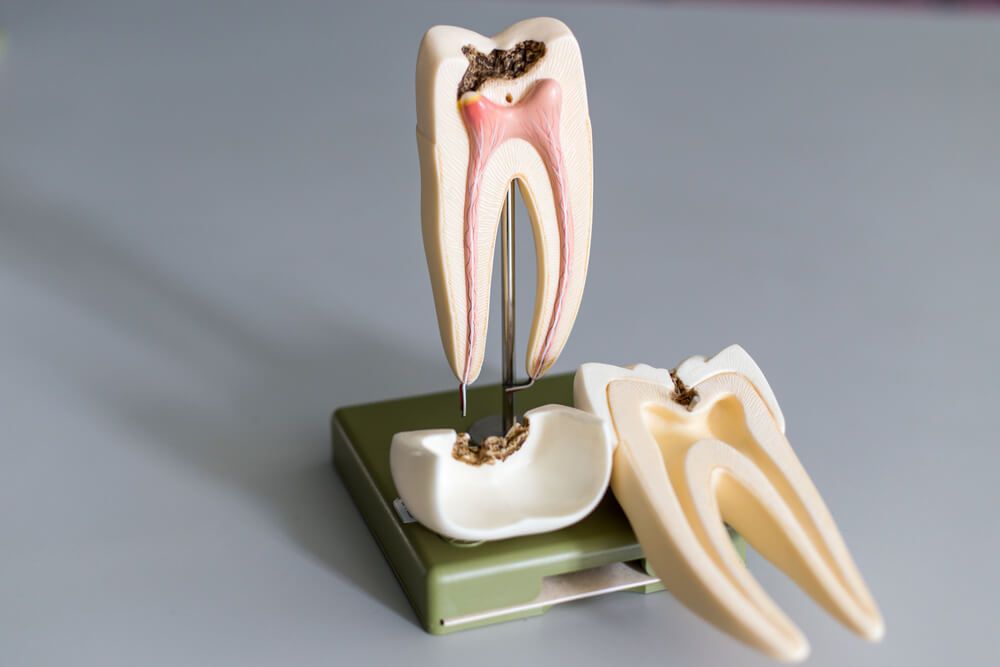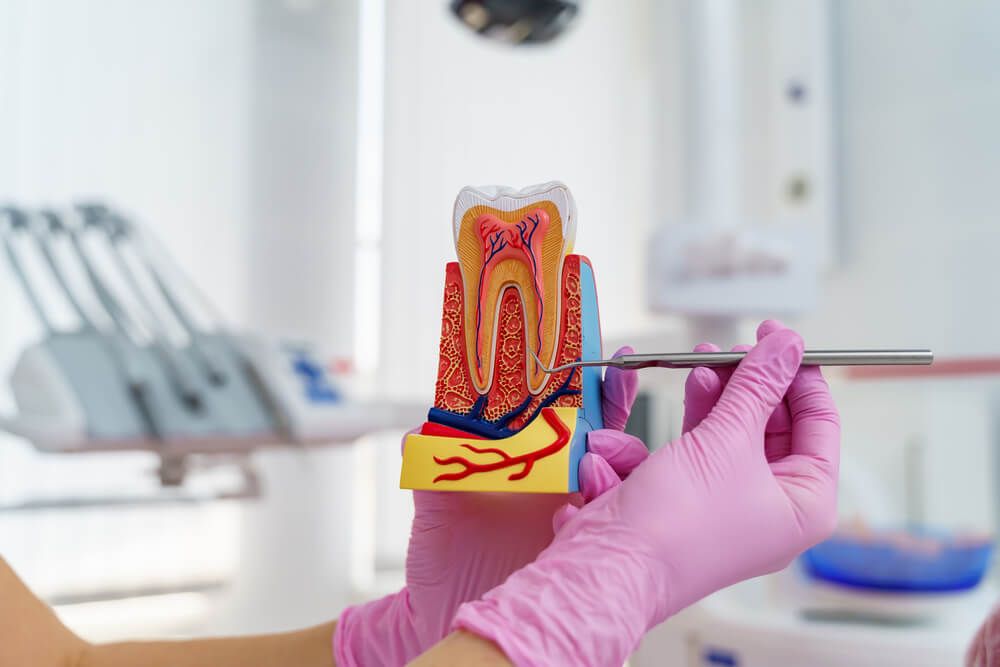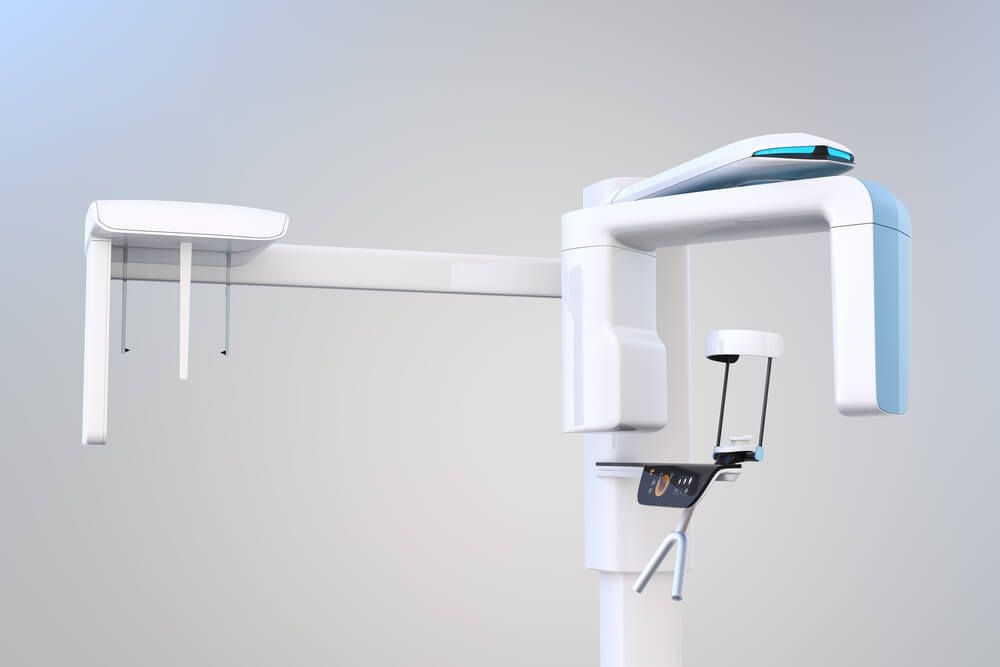There are many misconceptions surrounding root canal (endodontic) treatment and whether patients experience root canal pain. The American Association of Endodontists wants you to have accurate information. As always, when considering any medical procedure, you should get as much information as you can about all of your options. Your dentist or endodontist can answer many of your questions, and if you still have concerns, it is often wise to seek a second opinion.
- Myth #1 – Root canal treatment is painful.
- Myth #2 – Root canal treatment causes illness.
- Myth #3 – A good alternative to root canal treatment is extraction (pulling the tooth).
Myth #1 – Root canal treatment is painful.
Truth – Root canal treatment doesn’t cause pain, it relieves it.
The perception of root canals being painful began decades ago but with modern technologies and anesthetics, root canal treatment today is no more uncomfortable than having a filling placed. In fact, a recent survey showed that patients who have experienced root canal treatment are six times more likely to describe it as “painless” than patients who have not had root canal treatment.
Most patients see their dentist or endodontist when they have a severe toothache. The toothache can be caused by damaged tissues in the tooth. Root canal treatment removes this damaged tissue from the tooth, thereby relieving the pain you feel.
Myth #2 – Root canal treatment causes illness.
The myth: Patients searching the Internet for information on root canals may find sites claiming that teeth receiving root canal (endodontic) treatment contribute to the occurrence of illness and disease in the body. This false claim is based on long-debunked and poorly designed research performed nearly a century ago by Dr. Weston A. Price, at a time before medicine understood the causes of many diseases.
In the 1920s, Dr. Price advocated tooth extraction—the most traumatic dental procedure—over endodontic treatment. This resulted in a frightening era of tooth extraction both for treatment of systemic disease and as a prophylactic measure against future illness.
The truth: There is no valid, scientific evidence linking root canal-treated teeth and disease elsewhere in the body. A root canal is a safe and effective procedure. When a severe infection in a tooth requires endodontic treatment, that treatment is designed to eliminate bacteria from the infected root canal, prevent reinfection of the tooth and save the natural tooth.
- The presence of bacteria in teeth and the mouth has been an accepted fact for many years. But the presence of bacteria does not constitute “infection” and is not necessarily a threat to a person’s health. Bacteria are present in the mouth and teeth at all times, even in teeth that have never had a cavity or other trauma. Research shows that the healthy immune system takes care of bacteria in a matter of minutes.
- Tooth extraction is a traumatic procedure and is known to cause a significantly higher incidence of bacteria entering the bloodstream; endodontic treatment confined to the root canal system produces much less trauma and a much lower incidence and magnitude of bacteria entering the blood stream.
- There is no adequate replacement for the natural tooth – it should be saved whenever possible. Root canal treatment, along with appropriate restoration, is a cost effective way to treat infected teeth because it is usually less expensive than extraction and placement of an implant. In most cases, endodontic treatment allows patients to keep their natural teeth for a lifetime.
But what about Dr. Price? This is a good example of how the Internet can give new life to long-dispelled theories. Believe it or not, the misinformation about roots canals that is found on the Internet is still based on Dr. Price’s century-old, discredited research. Dr. Price’s research techniques were criticized at the time they were published, and by the early 1930s, a number of well-designed studies using more modern research techniques discredited his findings. In 1951, the Journal of the American Dental Association took the extraordinary step of publishing a special edition reviewing the scientific literature and shifted the standard of practice back to endodontic treatment for teeth with non-vital pulp in instances where the tooth could be saved. The JADA reviewed Dr. Price’s research techniques from the 1920s and noted that they lacked many aspects of modern scientific research, including absence of proper control groups and induction of excessive doses of bacteria.
As recently as 2013, research published in JAMA Otolaryngology—Head & Neck Surgery, found that patients with multiple endodontic treatments had a 45 percent reduced risk of cancer.
Myth #3 – A good alternative to root canal treatment is extraction (pulling the tooth).
Truth – Saving your natural teeth, if possible, is the very best option.
Nothing can completely replace your natural tooth. An artificial tooth can sometimes cause you to avoid certain foods. Keeping your own teeth is important so that you can continue to enjoy the wide variety of foods necessary to maintain the proper nutrient balance in your diet. If your dentist recommends extraction, ask whether root canal treatment is an option.
Endodontic treatment, along with appropriate restoration, is a cost-effective way to treat teeth with damaged pulp and is usually less expensive than extraction and placement of a bridge or an implant.
Endodontic treatment also has a very high success rate. Many root canal-treated teeth last a lifetime.
Placement of a bridge or an implant will require significantly more time in treatment and may result in further procedures to adjacent teeth and supporting tissues.
Millions of healthy endodontically treated teeth serve patients all over the world, years and years after treatment. Those healthy teeth are helping patients chew efficiently, maintain the natural appearance of their smiles and enhance their enjoyment of life. Through endodontic treatment, endodontists and dentists worldwide enable patients to keep their natural teeth for a lifetime.



